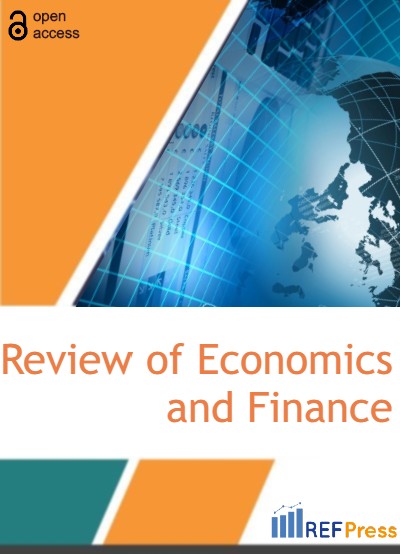
Forecasting Oil Prices: A Comparative Analysis between Neural Network and Regression Models
(Pages 133-143)Jihad el Hokayem1,*, Joseph Gemayel1, Dany Mezher3 and Ale Hejase2
1Faculty of Economics, Saint Joseph University of Beirut, Lebanon.
2Adnan Kassar School of Business, Lebanese American University, Beirut, Lebanon.
3Faculty of Engineering, Saint Joseph University of Beirut, Lebanon.
DOI: https://doi.org/10.55365/1923.x2022.20.15
Abstract:
After the war between Russia and Ukraine and its implications on various economies, energy security became a trending subject at the international level in 2022. Crude oil is an essential resource that plays a strategic role and its fluctuation has a major impact not only on the firms’ profitability but also the stability of several countries. This research examines the possibility of forecasting oil prices where artificial neural network methods in addition to the multiple linear regressions were used in order to attempt to come out with a decent model that can help in forecasting oil prices. A comparison between these two models took place in order to choose the best one. The uniqueness of this research relied on the fact that 26 different variables were used all together, some of them were used for the first time in order to build the forecasting model. The period for constructing and testing both models extended from August 2006 to the beginning of 2019. The neural network model that was built showed to be more promising than the model that used multiple linear regression.
Keywords:
Oil Prices, Forecasting, Economics, Regression analysis, Neural Network.
How to Cite:
Jihad el Hokayem, Joseph Gemayel, Dany Mezher and Ale Hejase. Forecasting Oil Prices: A Comparative Analysis between Neural Network and Regression Models. [ref]: vol.20.2022. available at: https://refpress.org/ref-vol20-a15/
Licensee REF Press This is an open access article licensed under the terms of the Creative Commons Attribution Non-Commercial License (http://creativecommons.org/licenses/by-nc/3.0/) which permits unrestricted, non-commercial use, distribution and reproduction in any medium, provided the work is properly cited.
